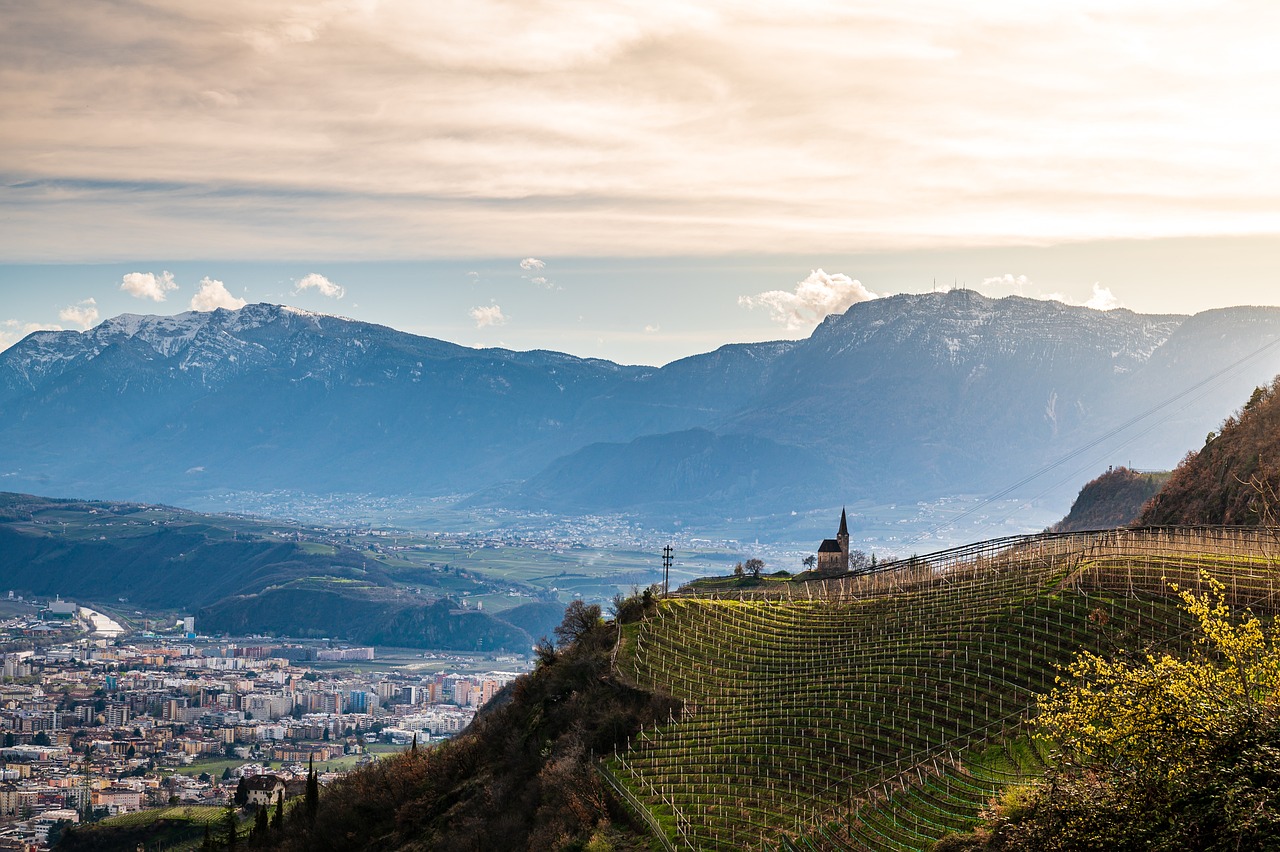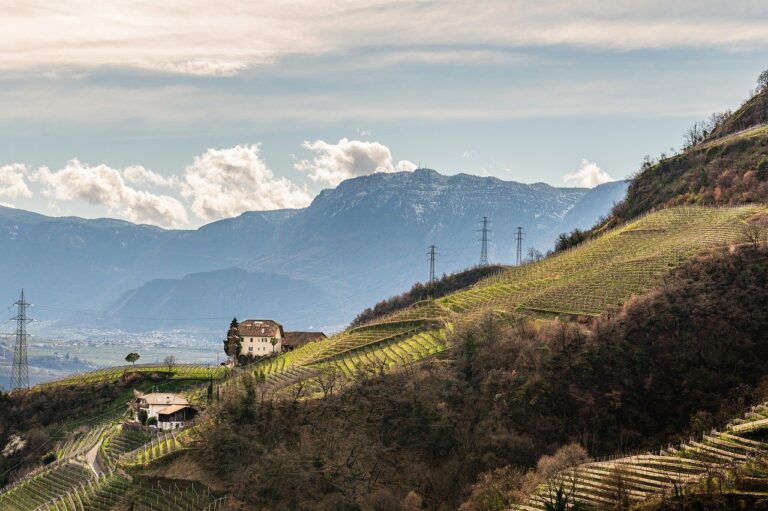New Year’s Eve Celebrations in Different Cultures: Ringing in the New Year Worldwide
In Japan, the Joya no Kane bell ringing tradition takes place on New Year’s Eve. This ritual involves ringing the bell at a Buddhist temple 108 times to symbolize the 108 earthly desires that people should rid themselves of in the new year. The clear, resonant sound of the bell is believed to purify the air and bring about good luck and prosperity for the coming year.
Participants in this ceremony often queue up early at temples across Japan to take their turn at the bell rope. As the clock strikes midnight, the rhythmic tolling of the bell creates a peaceful and reflective atmosphere. Families and friends gather to embrace the moment and welcome the new year with hopeful hearts and a sense of renewal.
Decorating with Kadomatsu
Kadomatsu, a traditional Japanese decoration, symbolizes longevity and prosperity. The arrangement usually consists of bamboo, pine branches, and sometimes ume branches. These items are carefully selected for their significance and are believed to invite good luck into the household for the new year.
When decorating with kadomatsu, it is essential to place them in pairs at the entrance of homes or businesses. The arrangement is meant to welcome the ancestral spirits known as Toshigami. The kadomatsu is typically displayed from early December until January 7th as part of the Japanese New Year celebrations.
Songkran in Thailand:
Known as the world’s largest water fight, Songkran in Thailand is a vibrant celebration marking the country’s traditional New Year. Taking place annually from April 13th to 15th, this festival involves people throwing water at each other to cleanse the body and spirit, and to welcome the new year with a sense of renewal and goodwill. The lively streets are filled with locals and tourists armed with water guns, buckets, and hoses, engaging in friendly water battles to beat the scorching heat of early April.
Apart from the exciting water fights, Songkran is also a time for paying respects to elders and visiting temples to make offerings and participate in religious ceremonies. During this period, many people wear colorful floral shirts and sprinkle scented water on Buddha statues as a symbol of spiritual purification. Street parades, traditional performances, and cultural activities take place throughout Thailand, creating a festive atmosphere that truly embodies the spirit of unity and good fortune for the year ahead.
• Songkran in Thailand is known as the world’s largest water fight
• The festival takes place annually from April 13th to 15th
• People throw water at each other to cleanse the body and spirit and welcome the new year
• Locals and tourists engage in friendly water battles using water guns, buckets, and hoses
Apart from the exciting water fights, Songkran is also a time for paying respects to elders and visiting temples. During this period, many people wear colorful floral shirts and sprinkle scented water on Buddha statues as a symbol of spiritual purification. Street parades, traditional performances, and cultural activities take place throughout Thailand during Songkran, creating a festive atmosphere that embodies unity and good fortune for the year ahead.
What is the significance of ringing the Joya no Kane Bell?
Ringing the Joya no Kane Bell symbolizes the welcoming of the new year and is believed to bring good luck and prosperity.
What is Kadomatsu and how is it used for decorating during Songkran?
Kadomatsu is a traditional Japanese decoration made of bamboo and pine branches, representing longevity and prosperity. It is commonly used to decorate homes and businesses during Songkran in Thailand.
How is Songkran celebrated in Thailand?
Songkran is celebrated in Thailand as the Thai New Year, marked by water fights, parades, and paying respects to elders by pouring scented water over their hands.
Are there any specific traditions or customs associated with Songkran in Thailand?
Yes, some common traditions during Songkran in Thailand include visiting temples to make offerings, cleaning homes to welcome the new year, and participating in water splashing activities to wash away bad luck.






